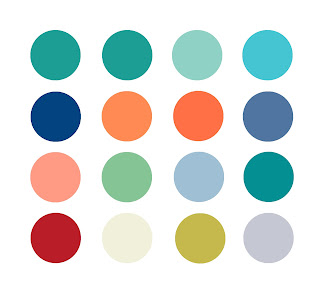Design for print and screen have been two
really interesting briefs, I feel like they have been incredibly open and free,
allowing any kind of design to be used, this is something I really appreciate as
I struggle a lot when the briefs are very limited. The completion of both of
these briefs have been a difficult task, as I mentioned before in the studio
brief 2 evaluation, I did benefit a great from the extra week I had to work on
the module as I would of not had as much work to submit compared to what I do
now. I am comfortable in saying this module has not been completed to my
greatest ability and I am not expecting a very good mark back. However, I am
working on myself and I do hope now I have the right support and mind-set in
order to complete the rest of the studio brief modules throughout the year.
Out of the two briefs within this module, I
have enjoyed brief 2 a lot more, this is because I was able to complete the
work using my own idea and not someone else’s. I do think my publication is
quite week, I found I became really disinterested in completing this brief as I
did find the content quite dry in terms of what I would usually be interested
in myself. I think the outcome would have been a lot better if I were
completing my own idea, over summer I became very excited to begin working on
this publication because I was really interested in what I was going to
produce. In terms of working alongside another peer, I did find it quite
difficult to start with because the initial idea kept changing so I could have
been working on the layout and design at a much earlier stage to what I
actually did. Having talks from visiting speakers like GF Smith were incredibly
interesting because publication design has always been something I have had a
keen interest in so it was nice to see what real designers worked on. In
addition, studio brief 2 also provided itself with some challenges, I did find
myself getting confused when it came to creating the app, I was keen to use
Adobe XD because its something I have never used before but sadly I just did
not have the time but its definitely something I would explore in other briefs.





























